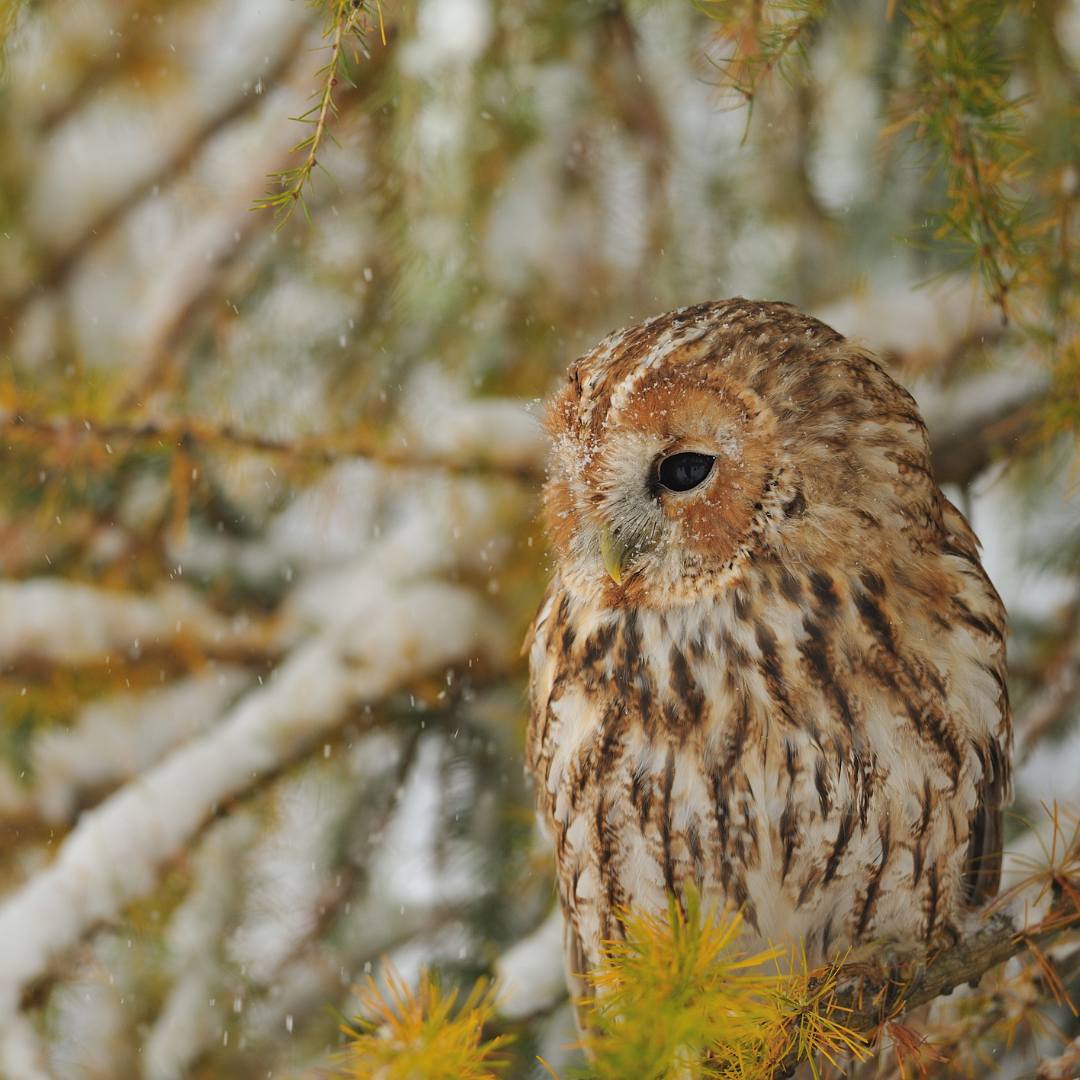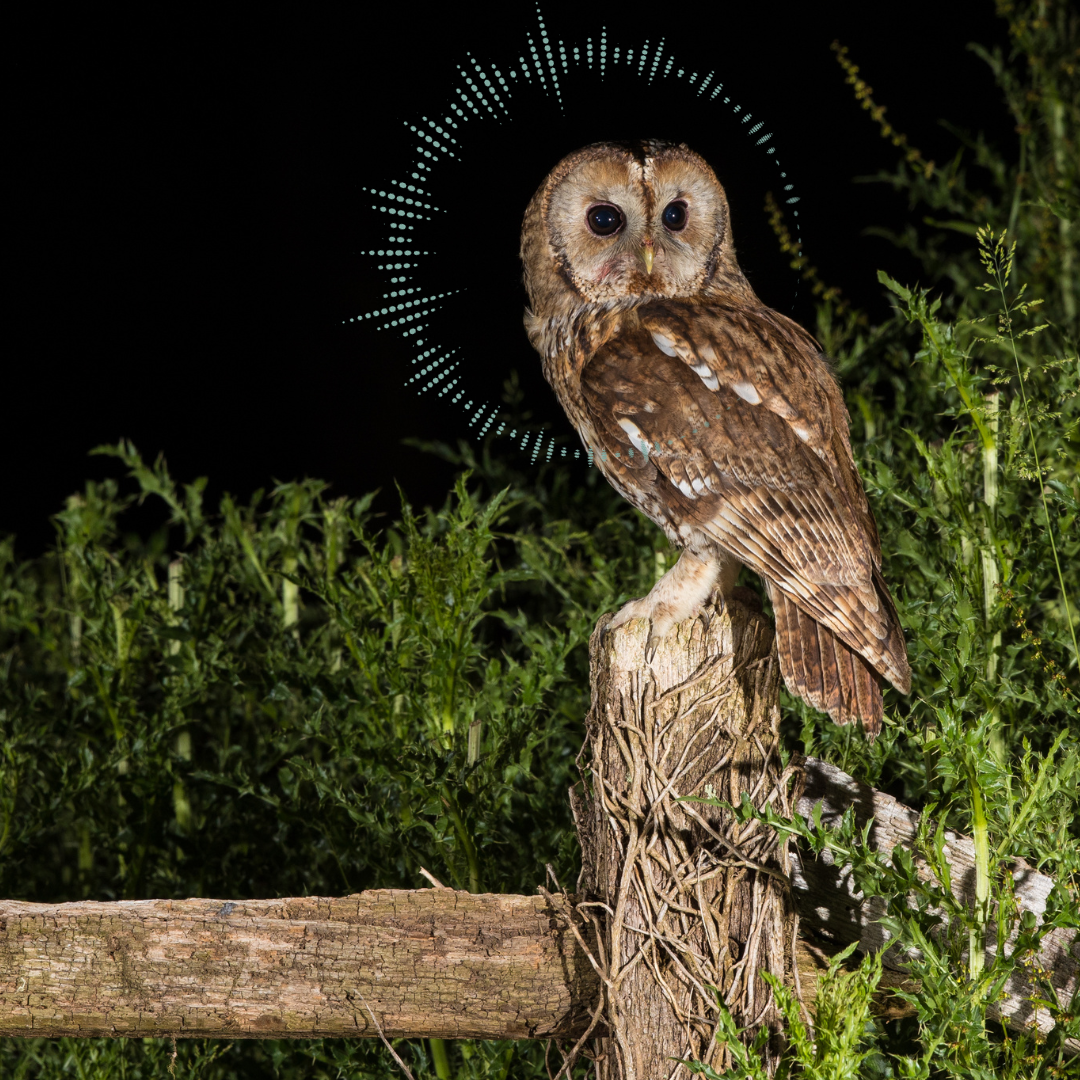As winter draws its frost-laden cloak over the British Isles, the bustling choruses of our wildlife neighbours don’t fall silent; they simply transform. This is the season when many migratory species arrive and territories are fiercely fought over to protect food sources and nesting grounds.
Winter song
In Britain, despite the drop in temperature, the landscape is anything but lifeless. The crisp winter air carries the calls of resident birds such as robins, blackbirds, and tits, who remain active throughout this season. Robins, in particular, with their poignant winter song, are one of the few UK birds that sing all year round.
While many British birds are residents, some are winter visitors from the Arctic and sub-Arctic regions, like the redwing and fieldfare. These visitors are escaping even harsher conditions in their breeding grounds. Meanwhile, some of the UK’s breeding birds, such as swallows and swifts, migrate to Africa for the winter.
Although reduced in winter, the dawn chorus still exists. Birds like the song thrush may begin singing early in the year, especially if the weather is mild, to establish breeding territories.
Longer nights = a season for owls
Nocturnal activity is a fascinating dance of survival and instinct. As winter approaches, these nightly rhythms shift. Keep an ear out for the nocturnal songs and calls during those chilly winter nights.
Tawny Owls are one of the most common birds we record. During autumn and winter, the nights are longer, providing more hours of darkness, which is when Tawny Owls are most active. This extended period of activity often means that people will hear their calls more frequently. The hooting often intensifies during the hours after sunset and just before dawn.
As autumn begins, young Tawny Owls disperse to establish territories of their own. Established adults, on the other hand, will reassert their dominance over their territories. The distinctive hooting is a means of communication, signifying to other owls that a particular territory is already claimed.
By late autumn and early winter, Tawny Owls are moving into their courtship period. The male’s hoots can be a serenade to attract a mate or to strengthen bonds with an existing one. Females have a slightly different call, often described as a ‘kewick’ sound, and when you hear a classic “twit-twoo” sound, it’s typically the female’s ‘kewick’ followed by the male’s hoot.

Migratory Arrivals: The Fieldfare
As winter takes hold in the northern latitudes, the Fieldfare embarks on its migratory journey to the milder British Isles, gracing the UK with its presence typically from October through to April. These birds are social and often travel in large, noisy flocks, which can be seen foraging in fields and hedgerows. They are particularly fond of fruit and can be spotted in gardens and orchards where berries and fallen fruit provide a vital food source. Their migration patterns and winter behaviour are prime subjects for bioacoustic studies; the distinctive calls of the Fieldfare can be monitored to determine their activity and timing of their stay throughout the winter season.
Monitoring Environmental Health
Birds are excellent indicators of environmental health. Through their vocalisations, captured and analysed by bioacoustic monitoring, we gain insights into our habitats, insect populations and potential impacts from climate change. A healthy, diverse birdsong indicates a thriving habitat, while changes in the soundscape can alert us to ecological imbalances.
The winter soundscape also assists in the early detection of species that may be overwintering in new areas, possibly due to climate-induced habitat changes. Recognising these shifts early can inform conservation strategies and habitat management plans, ensuring the resilience of bird populations and their ecosystems.

Bioacoustic Monitoring
Bioacoustic monitoring is a technology that captures and analyses soundscapes for species. For ornithologists, conservationists, and environmental enthusiasts, winter offers a unique soundscape for monitoring the presence of migrant and resident bird species who are active throughout the winter months.
Bioacoustic monitoring serves as a non-invasive method of monitoring birds without the need for direct human presence. Long term monitoring is key during this season, when bird species can be more reserved to maintain energy levels.

